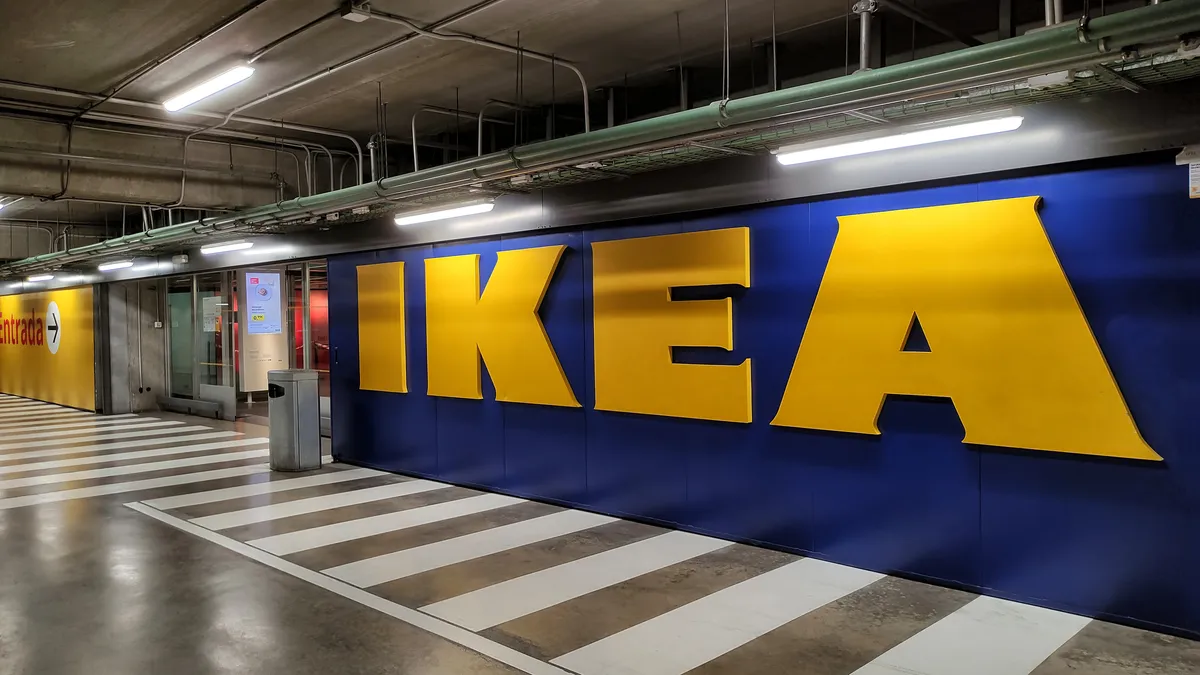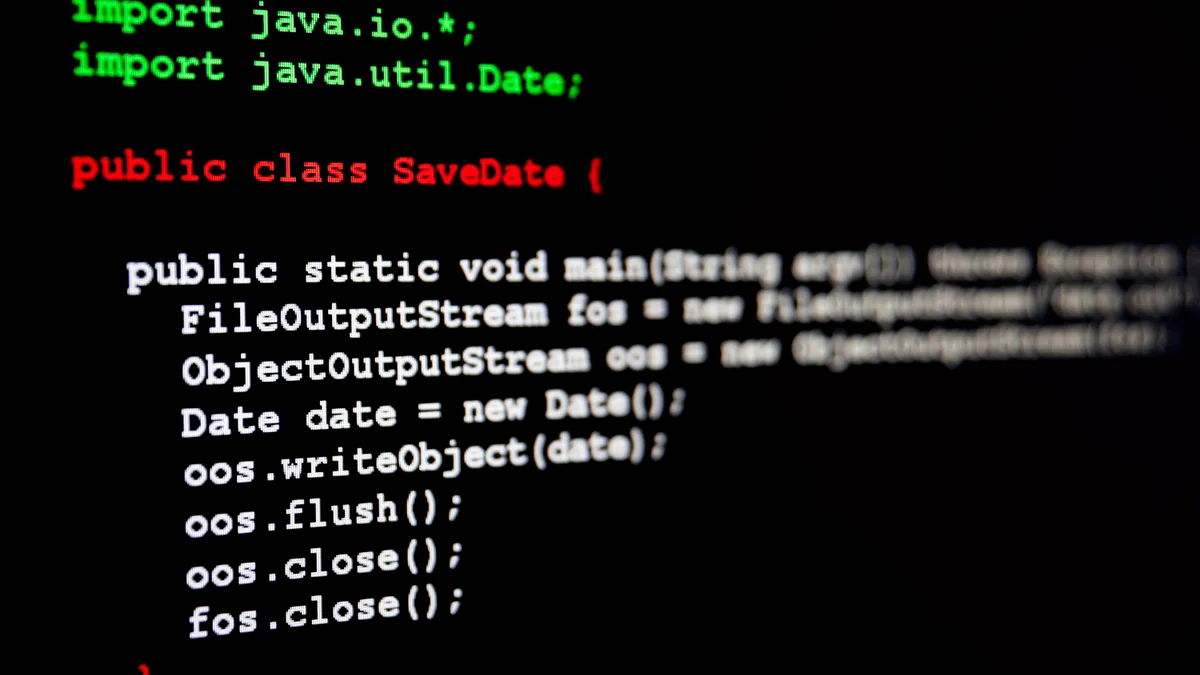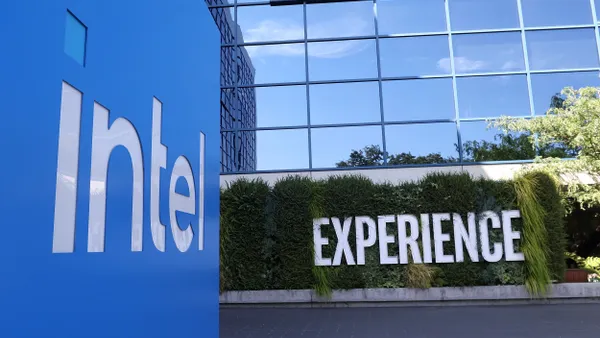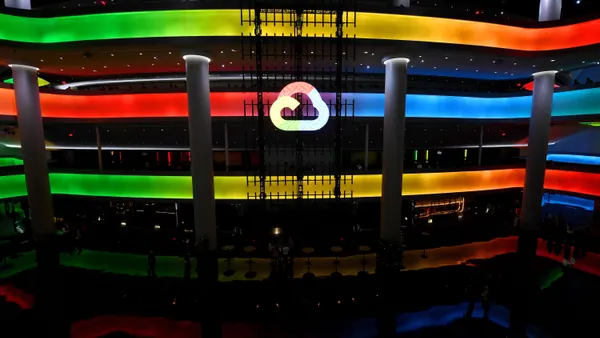As we begin 2025, we bring renewed excitement for what’s in store for the workplace. While we don’t yet know what headlines will define the year, we have data and insights to clue us in.
Full-time U.S. workers spend an average of 42.8 hours per week on work and work-related activities, so there’s a strong incentive to make that time better for all. And there’s no doubt that better ways of working— the processes and rituals that enable team members across an organization to collaborate and create value — can bring big benefits to companies and employees alike. But what will this mean in the new year?
Here, we’ll discuss five data-backed predictions for workplace trends we expect to see in 2025.
1. A renewed focus on flexibility
If 2024 was the year of return-to-office (RTO) mandates, 2025 will bring a renewed focus on flexibility for productivity and employee wellbeing.
Heavy workloads, long hours and a lack of flexibility continue to drive burnout and stress among workers. Indeed, Miro’s Meetings Report found that most workers skip meals and interrupt PTO for meetings, exacerbating the ongoing burnout epidemic.
However, research shows that flexibility leads to higher performance, and happier employees correlate with happier customers. Remote and hybrid work, flexible scheduling, career sabbaticals and improved processes and communication all give people bandwidth to do their best work while also taking care of themselves.
The result of flexibility is higher job satisfaction, as well as better business outcomes — a clear win-win.
2. Scaling AI adoption and embracing agentic AI
If you spent the past year piloting AI at work, you aren’t alone. But in 2025, simply testing capabilities won’t be good enough. Companies will need to measure AI’s effectiveness and tie it to business outcomes as investments in AI rise.
So how will companies harness the power of AI in new ways this year? There’s no doubt that agentic AI is on everyone’s mind and for good reason. Agentic AI is more than another automated assistant — with it, AI becomes a core collaborator and partner, not just a tool. In 2025, AI agents will play an increasingly integral role in teams, enhancing how we ideate, execute and create.
We predict that 2025 will mark the move to a new form of working, Agentic Collaboration, which has the potential to amplify human creativity and decision-making. Though leaders may encounter some obstacles as they guide their organizations through these new waters, it’s also an incredibly exciting moment for the future of AI and work.
3. Async work, no matter where you are
Live meetings shouldn’t always be the de facto communication method. Async (asynchronous) work can help everyone collaborate better, whether they’re remote or in the office.
Miro’s study on async work found that meetings — the most common form of synchronous work — often interfere with productivity, reduce focus and become a source of stress for employees. Async work like chat, recorded video like Talktrack and digital workspace engagement can have the opposite effect. Workers say it reduces the level of burnout (61%), makes it easier to collaborate (81%) and reduces the strain of micromanagers (84%).
Embracing async collaboration doesn’t mean you should never have a meeting or call — it’s about doing so wisely. The real value of synchronous meetings is the discussion and problem-solving that happens when we connect in real time. The key, then, is to ensure that everyone is aware of progress, blockers and decision points before a meeting so you can use the time together to unblock and accelerate progress.
4. Embracing the power of community
Businesses in 2025 face a huge trust gap between consumers and companies, as well as workers and leaders, according to PwC. These divides make it more difficult to retain customers and workers and, ultimately, to grow.
In this context, building a community can be a powerful corrective. Consumers are turning to forums like Reddit or Discord for authentic human opinions and dialogue over AI-generated content they’re not sure they can trust. Smart companies are embracing this trend and building dedicated spaces for users to connect. In fact, 48% of B2B companies now use community-led growth as a strategy.
In our own Miroverse community, we’ve witnessed the power and impact of over 3.5 million users coming together to share insights, save time and generate new ideas. We currently have over 5,500 templates created by more than 2,500 Miro users, and these numbers are sure to grow in 2025. By harnessing the power of communities like these, organizations can tap into the diversity and creativity of their users to showcase how people are utilizing these tools in their daily lives. It’s a great way to build trust and turbocharge new possibilities.
5. Inclusive collaboration design
Every contributor brings unique strengths and perspectives to a team. So, why do we expect everyone to collaborate in the same way? In traditional meetings, the loudest voice in the conversation is often the one that dominates. But that can mean that some ideas are elevated by default while others go unnoticed.
Miro’s meetings survey found that while a clear majority of extroverts are confident sharing ideas (84%) during meetings, just 30% of introverts say the same. Gender differences also come into play. While 70% of men say they do their best brainstorming in meetings, only 58% of women agree.
In 2025, one-size-fits-all collaboration is out, and inclusive collaboration design is in. Companies should offer tools, formats and meeting spaces that give everyone a chance to contribute equally. Meetings can be more intentionally designed for inclusion, using methods like timed rounds, written brainstorming, and designated facilitators to ensure equal speaking time.
When in doubt, include your team in conversations about how they prefer to work best.
Embrace better ways of working
In 2025, don’t get caught up in false dichotomies like RTO vs. remote work. Better work is about building ways of working that work for all, no matter where they work. It’s about tapping into the power of technology while not losing sight of the human element that makes your business a success. By embracing these changes, organizations can foster greater productivity, employee wellbeing and growth.










